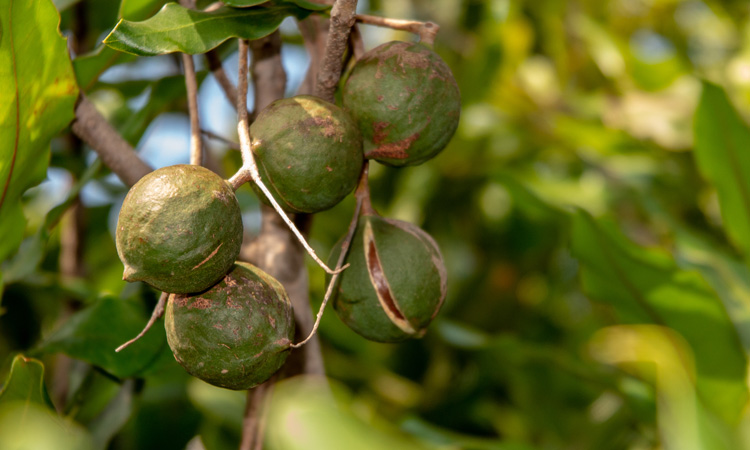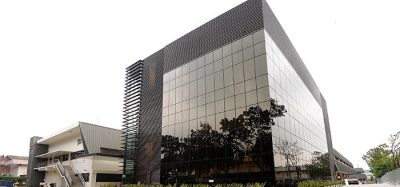Project uses traits of macadamia tree to guide sustainable nut production
- Like
- Digg
- Del
- Tumblr
- VKontakte
- Buffer
- Love This
- Odnoklassniki
- Meneame
- Blogger
- Amazon
- Yahoo Mail
- Gmail
- AOL
- Newsvine
- HackerNews
- Evernote
- MySpace
- Mail.ru
- Viadeo
- Line
- Comments
- Yummly
- SMS
- Viber
- Telegram
- Subscribe
- Skype
- Facebook Messenger
- Kakao
- LiveJournal
- Yammer
- Edgar
- Fintel
- Mix
- Instapaper
- Copy Link
Posted: 13 May 2020 | Sam Mehmet (New Food) | No comments yet
The macadamia tree is said to be a ‘sustainability giant’ of the plant world, thanks to its inherent ability to optimise its water use and sequester carbon from the atmosphere.


Australian macadamia growers are using scientific research to understand the sustainable characteristics of the macadamia tree in a bid to guide the adoption of sustainable on-farm practices in order to meet the demands of ‘conscious consumers.’
“Demand for transparency is at an all-time high and sustainable production is a non-negotiable for many,” said Lynne Ziehlke, General Manager, Marketing for Australian Macadamias.
“Now and in the future, selecting ingredients that have resilience to production pressures, and therefore reduced environmental impacts, will be increasingly desirable to both producers and consumers.
“We’re excited to share the sustainability credentials macadamias can now deliver too. From water use efficiency, to carbon sequestration, minimisation of carbon outputs, recycling of by-products and world’s best biological control, the macadamia industry really is kicking goals in this space.”
Recent scientific analysis of sap flow data from macadamia orchards in Queensland revealed that macadamia trees rationalise available water more efficiently than previously estimated. This is due to the tree’s internal water management system that shuts down the tree’s stomatal pores during times of low moisture, making the tree resilient to its environment, particularly drought.1
“This in-built resilience makes it a certain crop, even in uncertain times,” said Ziehlke.
These findings are said to pave the way for growers to adopt smarter, more efficient irrigation schedules and water management, minimising the need for excessive intervention, while maintaining a reliable supply.
In separate research findings2, it has also been discovered that the average Australian macadamia orchard removes more than 17 tonnes gross and 14.5 tonnes net of carbon per hectare per year from the atmosphere.
“As well as absorbing carbon, Australia’s macadamia industry limits its carbon output by minimising the use of heavy diesel-consuming machinery and transportation. Human intervention in the orchard is light, and processing facilities are located within major growing regions, ensuring the nuts don’t have to travel far from the tree to be shelled, dried and packed,” Ziehlke added.
Growers ensure every part of the macadamia tree and nut is either reused or recycled, with nothing going to landfill. Macadamia shells are used to generate electricity or made into stock feed, and any organic matter such as branches or foliage are returned to the earth beneath the tree to be reabsorbed by the soil from which they originally grew.
Ziehlke said that Australia’s macadamia industry sees no trade-off between sustainable growing practices and productivity, noting that the industry works with nature, not against it. “We know without a doubt that the more sustainable we are, the more productive we are, and this is driving innovative thinking on-farm, increased biodiversity, and development of effective biological controls,” she said.
References
1. Summer 2019 AMS Bulletin Volume 47 Number 4, Tree Water Management Special Feature, Dr Dan Manson, Tree Physiologist and Theunis Smit, Horticulturist
2. Murphy Tim, Graham Jones, Jerry Vanclay, Kevin Glencross; (2013) Agroforest Syst 87:689-698. Preliminary carbon sequestration modelling for the Australian macadamia industry.
Related topics
Environment, Product Development, Research & development, Sustainability









